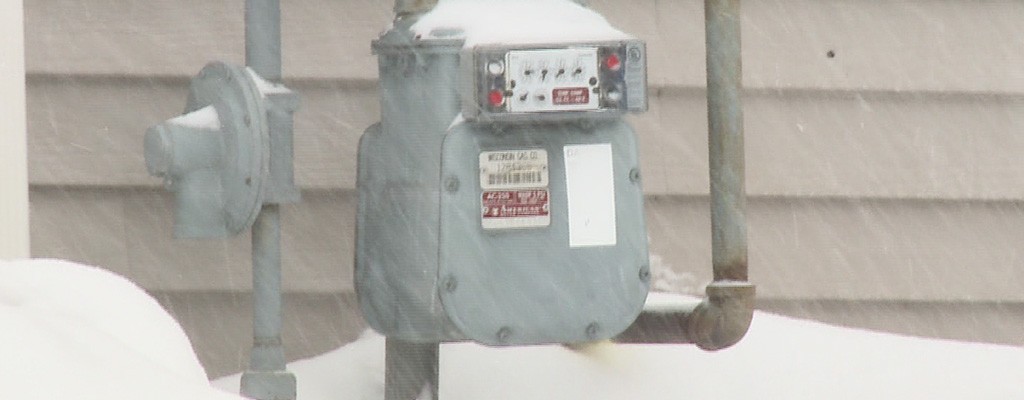Your outdoor gas meter and ventilation equipment are designed to withstand winter weather conditions, but heavy or hard-packed snow and ice on the meter or external fuel burning equipment exhaust vents can present a significant safety hazard. continue reading →
About Carbon Monoxide
Carbon monoxide (CO) is an odorless, colorless, deadly gas. It can kill you before you know it because you can’t see it, taste it or smell it. At lower levels of exposure, it can cause health problems. Some people may be more vulnerable to CO poisoning such as fetuses, infants, children, senior citizens and those with heart or lung problems. When CO is breathed in by an individual, it accumulates in the blood and forms a toxic compound known as carboxyhemoglobin (COHb). Hemoglobin carries oxygen in the bloodstream to cells and tissues. Carbon monoxide attaches itself to hemoglobin and displaces the oxygen that the body organs need.
continue reading →
CO Detectors & Alarms
According to UL Standard 2034, home carbon monoxide detectors must sound a warning before carbon monoxide levels reach 100 parts per million over 90 minutes, 200 parts per million over 35 minutes or 400 parts per million over 15 minutes. The standard requires the alarm must sound before an average, healthy adult begins to experience symptoms of carbon monoxide poisoning. The warning provides time to evacuate the premises.
continue reading →



